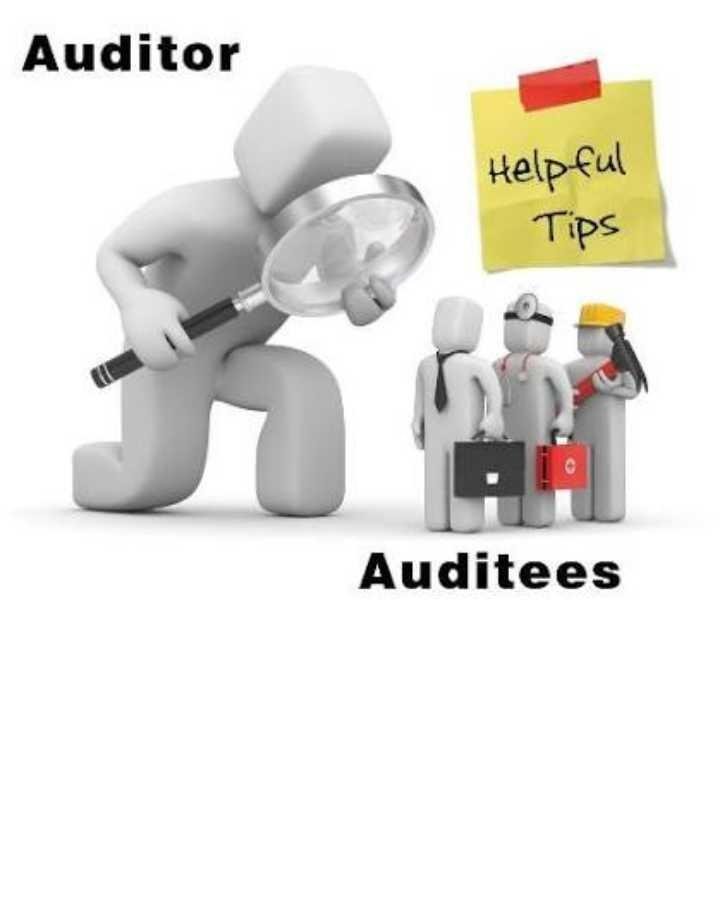AUDIT CYCLE OF INVESTMENT AND FINANCING

A. Nature of Investment Cycle and Financing
- Review of Investment Cycle and Financing
Investment activity is the purchase and sale of land, buildings, equipment, and other assets that are generally not retained for resale. In addition, investment activities also include the purchase and sale of financial instruments not intended for trading purposes. The first step in auditing the investment activity includes the understanding of the assets needed to support the operations of the entity concerned and the expected rate of return the company will derive from the underlying asset. The second step in auditing the investment activity involves determining what assets will be acquired during the period. Long-term assets are usually quite stable for most entities. Financing activities include transactions and events in which cash is obtained from or reimbursed to creditors or owners. Financing activities include, for example getting a loan, lease capital, issuing bonds, or issuing preferred stock or common stock. Financing activities will also include payments to repay debt repurchase shares / treasury stock, and pay dividends.
- Using an Understanding of Business and Industry to Develop an Audit Strategy
When an auditor develops a transaction-based audit strategy, from the bottom up to an audit of investments in fixed assets, and other long-term assets, this process is usually a by-product of the spending cycle. Internal control over expenditure transactions also affects acquisitions, and investments in fixed assets.
B. INVESTMENT CYCLE
- Audit Objectives
Each of these objectives is described in the implicit or explicit assertion of management of the investment cycle transaction as it relates to long-term assets. These objectives are central to this cycle in most audits.
- Audit Planning Considerations
a. Materiality
The main consideration in evaluating the allocation of materiality is the determination of the magnitude of the misstatement that will affect the decisions of a reasonable financial statement user. A second consideration is its relation to the cost of detecting errors.
b. Inherent Risk
The inherent risks associated with existence assertions are often low because fixed assets are not easily stolen. In existence, the inherent risk may increase to a moderate or high degree because of the potential that the asset is being disposed of or not used again may not be abolished.
c. Risks of Analytical Procedures
The risk of elemental analytical procedures of the element of detection risk that the analytical procedure will fail to detect material faults. The analytical procedure is cost-effective and it can assist the auditor in evaluating the feasibility of the financial statements.
d. Control Risk
The same aspect of internal controls that establishes awareness of high levels of control such as a strong control environment, effective risk assessment, effective accountability of resource use, and monitoring of control systems are important in the accounting context for fixed assets. One of the important transactions related to fixed assets is the initial accounting for the acquisition of fixed assets.
FINANCING CYCLE
The financing cycle includes two main transactions groups as follows:
a. Long-term debt transactions include borrowings from bonds, mortgages, money orders, and debts, as well as related principal payments and interest.
b. Shareholder equity transactions include the issuance and withdrawal of preferred stock and common stock, treasury share transactions and dividend payments.
- Audit Objectives
Includes several things, namely:
a. Existence or incompleteness
b. Completeness
c. Rights and obligations
d. Assessment or allocation
e. Presentation and Disclosure
E. SUBSTANTIVE TESTING ON LONG TERM BALANCE SHEETS
- Detection of Detection Risk
The inherent risk for this assertion may be at a moderate or high level due to the complexity involved in calculating discount amortization or bond premiums. Based on the consideration of these factors and any relevant control risk assessment, the exact level of detection risk can be determined for any significant assertions relating to short-term debt balances.
- Designing Substantive Tests
Possible substantive tests for long term debt assertions are:
a. Initial Procedure
· Gain an understanding of the client's business and industry
· Implement preliminary procedures on balances and long-term debt records that will receive further testing.
b. Analytical Procedures
· Implement analytical procedures
· Calculating ratios
c. Testing Transaction Details
· Vouching journal entries into long-term debt and related income statement accounts.
d. Testing Balance Details
· Review of long-term debt authorizations and contracts
· Confirm debt with lender and bond trust
· Recalculate the interest expense
e. Presentation and Disclosure
· Compare the presentation of reports with GAAP